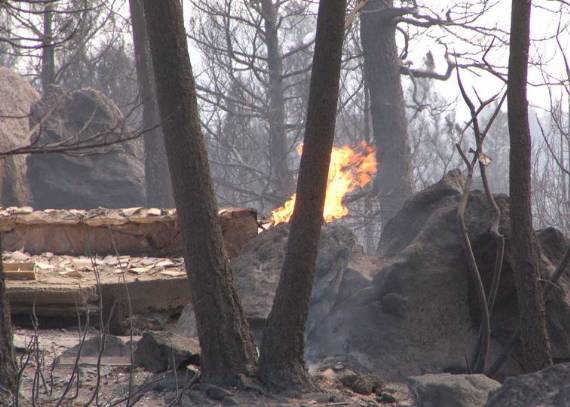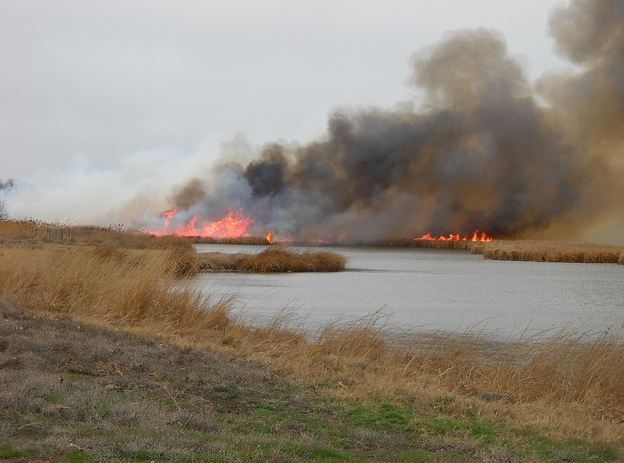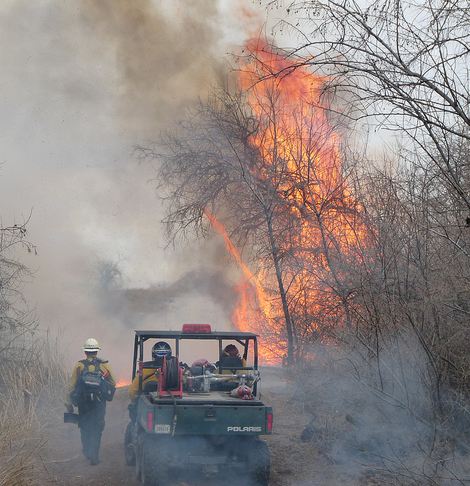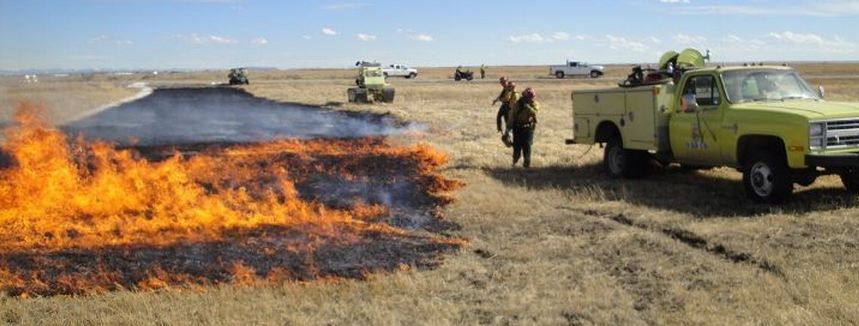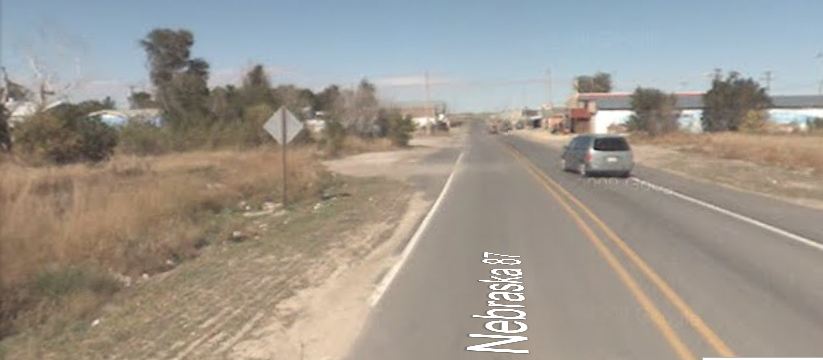Historic Tamarack Lodge in New York State burns
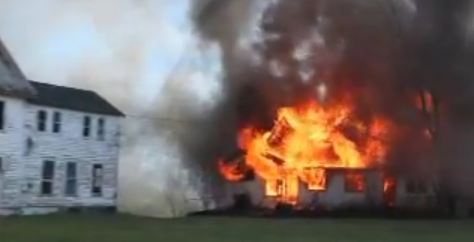
Approximately 30 structures at the Historic Tamarack Lodge near Wawarsing, New York, were destroyed in a fire on Saturday. It was not clear how or where the fire started, but in addition to the buildings, 200 acres burned. Most of the structures had been abandoned and condemned by building inspectors.
More information about the fire.
Colorado: don’t give up on prescribed fires
Barry Noreen in an article in the Colorado Springs Gazette suggests that in spite of the escaped prescribed fire that became the Lower North Fork fire which killed three residents, this is not the time to abandon the idea of treating vegetation with fire. Here is an excerpt:
…But Steve Segin, a spokesman for the United States Forest Service in Lakewood, said “there’s plenty of success stories” with prescribed burns, but as in anything, we tend not to hear about programs when they are working well.
Segin pointed out that when the infamous Hayman fire took off in June of 2002, one of the few places it slowed down was on a ridgeline where there had been a controlled burn previously. The controlled burn removed potential fuel, so when the Hayman fire came through, it slowed down because there just wasn’t enough material to burn.
Fire near Lake City, Florida
The Columbia Line fire on the Osceola National Forest near Lake City, Florida has burned approximately 4,570 acres. The USFS said three helicopters are dropping water on the fire but no structures or private property are currently threatened.



